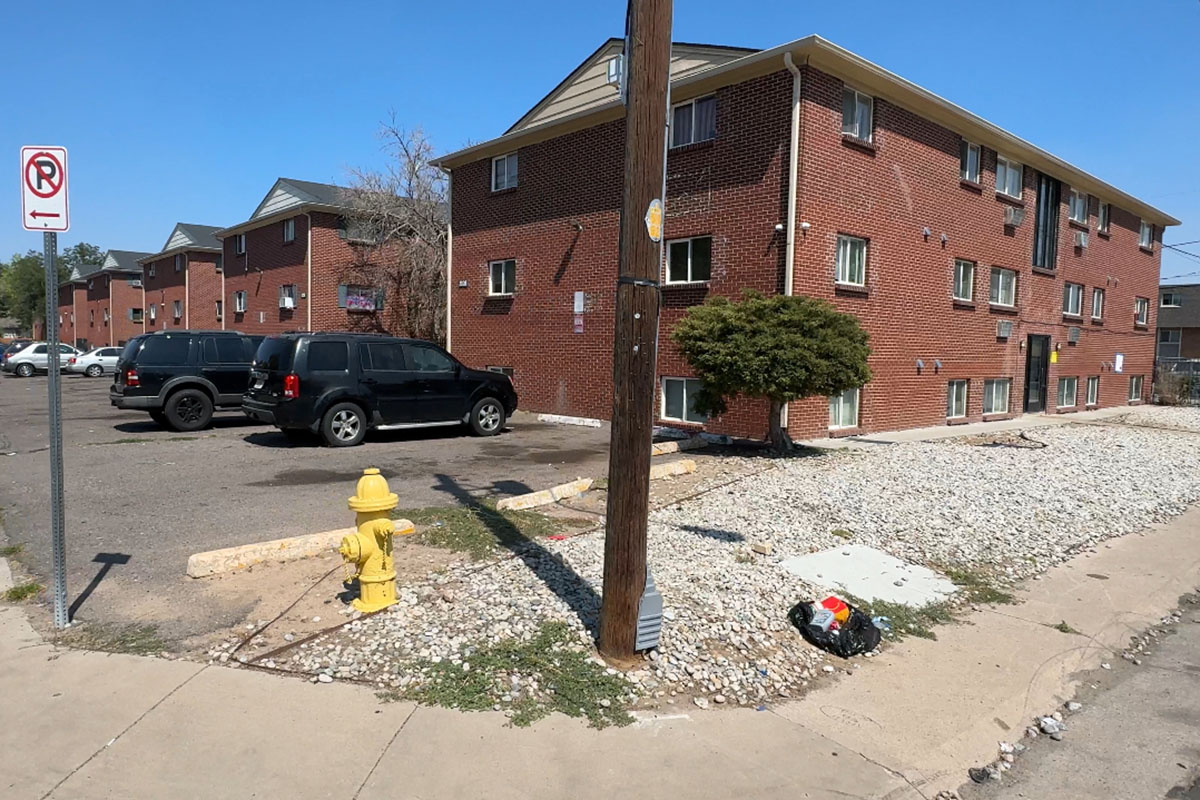
Jesús Sánchez Meleán
Haga click aquí para leer la versión en español
In recent weeks, I have received calls from colleagues across the United States and Latin America asking about the situation in Aurora, Colorado. It has already been ruled out that criminal gangs, particularly the dangerous Tren de Aragua (TDA) gang, have taken over apartment complexes and are controlling the city. That claim is an exaggeration. However, there are migrants detained for criminal activity and identified as members of the TDA.
According to a recent report from the Aurora police, nine individuals detained for criminal activities have been identified as members of the TDA. Of these, five are in ICE custody. Another four Venezuelans are awaiting a second court appearance in Denver. They were accused by the U.S. Attorney’s Office for the District of Colorado of allegedly participating in the robbery of El Ruby Jewelry in Denver. This is what is known, and the rest is known by the task force investigating the TDA in Aurora and throughout Colorado.
However, it is unfortunate that Aurora continues to be at the center of controversy due to a series of incidents related to Venezuelan immigration. An investigation carried out by the Manhattan Institute for Policy Research and published by its online media “City Journal” provides important elements that help understand how this crisis originated. According to the investigation conducted by Christina Buttons and Christopher F. Rufo, the actions of two Denver-based nonprofit organizations were crucial in creating the problem.
Two Nonprofit Organizations
The investigation points out that two nonprofit organizations, ViVe Wellness and Papagayo, received substantial funds from the city of Denver and US Federal Government (Migrant Grant- ARPA) to locate and assist these migrants who arrived starting in November 2022. According to the “City Journal” report, these NGOs, which did not seem to have previous experience in large-scale migrant resettlement, received millions of dollars in contracts to provide housing and services to more than 8,000 migrants, mainly Venezuelans. These NGOs allegedly sent many of these migrants to Aurora.
The report’s authors assert that Papagayo, one of the organizations mentioned, negotiated with CBZ Management, the company owning the Aspen Grove, Whispering Pine Apartment, and The Edge of Lowry complexes, to place the migrants in these buildings in the east Colfax area in Aurora. That was just the beginning. The recent events we have seen in the news have taken place in these three apartment complexes.
The first of these complexes was closed in early August for violating the city’s health codes. Around 600 migrants who occupied Aspen Grove were evicted. The other two apartment complexes, Whispering Pine Apartment and The Edge of Lowry, could face the same fate for the same reason or be declared uninhabitable due to “criminal nuisance.” The conditions in which the migrants lived in those apartments are well documented.
What’s Behind the Crisis in Aurora?
The question that arises is: how did these Venezuelan migrants arrive in Aurora, and why did the organizations responsible for their resettlement [ViVe Wellness and Papagayo] not take more effective measures to ensure the community’s safety? The investigation suggests that the lack of experience and inadequate management of these programs contributed to the current situation. One might ask Denver city and Colorado officials, were you aware of the actions of these organizations as indicated by the “City Journal”?
What’s Behind the Crisis in Aurora?

Confession of a CBZ Worker
According to a former employee of CBZ Management, cited in the report, the guarantees given by the NGOs about the migrants’ job and financial stability turned out to be exaggerated or false. With these questionable supports, the concentration of migrants in these apartment complexes was facilitated. These complexes later experienced structural deterioration and saw an increase in criminal activities and security issues.
This scenario highlights the need for greater transparency and accountability from NGOs and local authorities. It is imperative to understand if there was due diligence on the part of the organizations and authorities in charge of relocating these migrants. Did these NGOs interact adequately with CBZ owners? What measures were taken to anticipate and mitigate the possible problems that migrants would face and the problems they might cause? What happened to the case management system that the Denver Newcomer Office and Migrant Grant (ARPA) speaks of?
Public Call
ViVe Wellness and Papagayo must explain in detail their role in this process. It is essential that these organizations clarify the extent to which they are part of the problem Aurora faces with the crisis affecting migrants. Additionally, the Denver city officials responsible for these programs and for supervising these two organizations must answer for the decisions made and their consequences. The community has the right to know the truth behind this crisis and the actions that will be taken to resolve it.
Read the Chaos in Aurora Report

https://www.city-journal.org/article/chaos-in-aurora

You may also like:
Volunteers plant 50 trees in Del Mar Park neighborhood of Aurora
Staffing company again violates wage laws thousands of times






otras noticias
Active-Duty Soldier Arrested in Connection with Colorado Springs “After Party” Raid
Guest Columnist – A Prescription Drug Discount Program Being Exploited is Costing Colorado Workers More Money
Key Civil Rights Bill Advances in Colorado